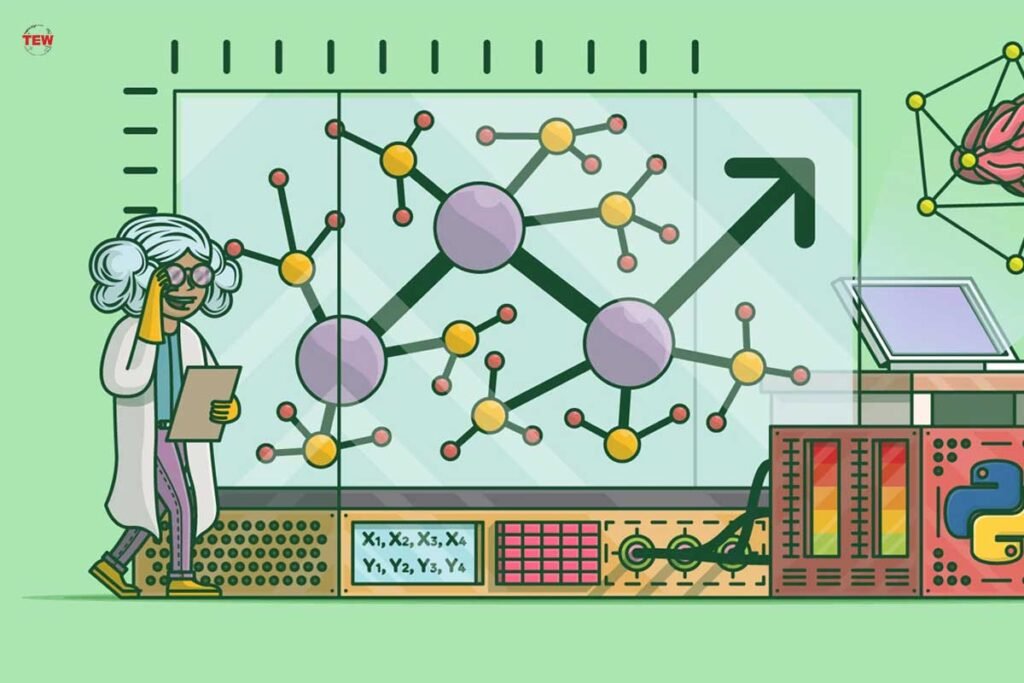The business process relies on Six Sigma tools to reduce manufacturing defects. All companies seek manufacturing pipeline faults.
The analysis is crucial to Six Sigma. Project teams analyze operations to find faults, errors, and waste.
Simply put, you can only improve if you fully grasp where you are and how one area of your business affects another. regression analysis technique is key here. It finds faults, mistakes, and waste’s primary causes. regression analysis technique estimates variables’ effects on each other and the final product. It measures a theory’s fit to real-world data.
Several options can be confusing for beginners. Black Belt certification training helps you know essential Six sigma tools. Six Sigma Black Belt tools improve corporate operations, increase revenue, decrease inefficiencies, and boost employee productivity.
What is the DMAIC Methodology?
DMAIC stands for Define, Measure, Analyze, Improve, and Control. The model maps product changes, flaws, and deviations using pertinent data and brainstorms remedies.
In the Analyze step of the Six Sigma DMAIC process, project teams extensively study process output and input factors. This data analysis narrows down the many inputs detected during Measure and improves business processes.

Tools identify potential difficulties and improve process design, control, and improvement. In this Black Belt certification training course, you’ll learn about multi-varied studies, correlation analysis, and regression models for exploratory data analysis in Lean and Lean Six Sigma. ASQ’s 2015 Six Sigma Body of Knowledge guides Black Belt certification training.
What is regression analysis technique?
The DMAIC model optimizes and redefines processes using regression analysis. Projects employ regression analysis technique to plot data and variables, assess how one crew’s performance differs from another, and determine the number of sales made yearly.
These graphs calculate assembly line impacts from supply network deliveries. The investigation can reveal organizational blind spots and support system shortcomings. Variables can be clustered for nonlinear regression.
Making forecasts
Six Sigma improves quality and productivity in a project team or firm. Six Sigma advocates utilize a Chi-Square test and other statistical approaches to assess if observed outcomes match expectations. Regression analysis, another statistical test employed in Six Sigma, predicts from observed and expected values.
One can assess if two variables are related using regression analysis. It is helpful because a regression analysis technique can predict a dependent variable from an independent variable. The accuracy of predicting faulty rates for a process modification depends on the strength of the relationship between two variables, such as process modification and defective rates.
Terminology in Regression Analysis

Before performing a regression analysis, let’s learn the terminology.
- Coefficients: It includes individual input variables’ intercept (b0) and slopes (b1, b2,…,bn). The Regression Equation depends heavily on these coefficients. They’re also a vital regression analysis technique output.
- Standard error: Regression Analysis software usually provides SE. The residual values’ standard deviation from the regression line is shown. Reducing Standard Error is a good model.
- The determination coefficient (r2): The regression equation’s y-value prediction accuracy is indicated by this value. Generally, r2 values range from 0 to 1, with 0 being the worst model and 1 being the best. Predictions improve with higher r2. r2adj is often calculated for multiple regression. This value differs from r2 by eliminating the effect of numerous connected factors (Multicollinearity).
- Multicollinearity: It indicates closely connected input variables. It may hide another input variable’s predictive power. Before regression, the masking effect is discovered by plotting a Correlation Matrix for all input variables. Business knowledge eliminates any pair of factors having a significant association.
Regression Analysis: How to perform?
- Locate and gather data on all relevant input variables and outcome variables.
- Choose a regression model (Simple Regression or Multiple Regression)
- Compute the r2 value. Several software packages and add-ins can be calculated and analyzed today.
- Check each input variable’s p-value (a p-value less than the confidence level indicates the variable is a valuable predictor). Eliminate variables with p-values above the confidence threshold.
- Remove duplicate variables and test for multicollinearity.
- Create the predictor equation using only significant and shortlisted variables.
So, with a good model, data, and computation method, the new equation can accurately predict a problem.

Where is regression analysis technique used?
The analysis step of the five-step Six Sigma method DMAIC, which stands for define, measure, analyze, improve, and control, is where regression analysis is mainly used. Organizations may optimize processes and reduce faults with DMAIC. regression analysis technique is a Six Sigma tool.
regression analysis technique can also find waste in Lean. It makes predictions based on data and measures whether process variables change results. Learn more about Six Sigma concepts from Black Belt certification training.
What can regression analysis predict?
• Supply delivery frequency and product assembly time
• The productivity of one work crew compared to another
• Seasonal goods sales.
• Expenses determine future revenues
You can use data to find blind spots in an organization and show how one variable affects another using regression analysis. For DMAIC’s Six Sigma analysis phase, it’s an excellent technique to learn.
regression analysis technique is introduced in the Lean Six Sigma Black Belt certification training course.
Learning objectives for the Six Sigma Black Belt certification training course
Black Belt certification training
offers the following concepts in-depth to learn:
• Discover how to break down processes and eliminate waste in your company.
• Determine what provides the most value to your customers and business.
• Improve your core analytical skills to uncover root causes and move beyond opinions to data-driven decisions to drive results.
• Master the problem-solving method Toyota, Ford, GE, and other top organizations employ to alter your career.

• Use the Lean Startup method to launch new goods and services faster to stand out.
• Become a change agent and leader to solve complicated organizational problems.
Closing thoughts
CEOs set and achieve company goals. An organization can only succeed with the right tools and strategy. Six Sigma Black Belt Tools improve process efficiency, eliminate defects, and streamline production. Using them will depend on your budget, objectives, and upcoming project milestones. The Simplilearn online learning platform speeds up these steps, and the Black Belt certification training course helps people learn these steps.




